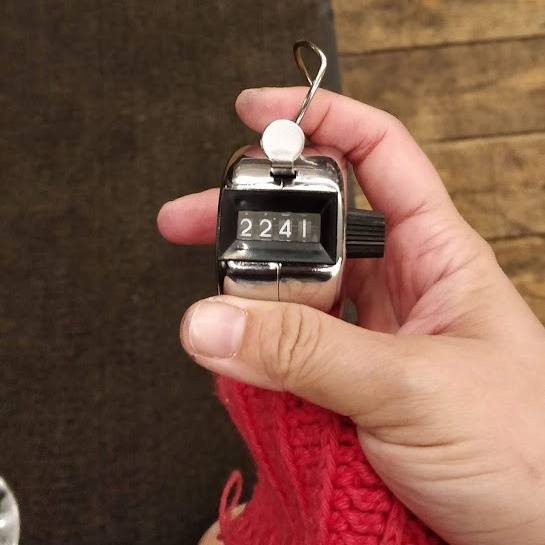Today is a very special fanny-versary. On this day in 2019, the Vagina Museum opened its doors to the public with our first exhibition, Muff Busters: Vagina Myths and How to Fight Them.
We were nervous and excited, all at once. Would people come? Was there a demand for a physical space dedicated to vaginas, vulvas and the gynaecological anatomy? Were we ready to unveil ourselves to the world?
Before opening, we'd trained up our volunteers with a programme of pre-opening events (pic taken by vulvateer @KiRhymesWithPie)... but what would happen when we fully opened? 

We discovered, very quickly, that there was an INSATIABLE APPETITE FOR ALL THINGS MUFF. In our opening weekend there were queues all the way around our corner of the Stables Market. (pic taken by vulvateer Amy) 

Look at the very first exhibition tour that took place!!! (pic taken by vulvateer @SharneMc) 

We were getting more than 2000 people through the doors each day (pic taken by vulvateer @KiRhymesWithPie) 

Did the world want a Vagina Museum? HECK YEAH IT DID! In the four months before the pandemic, 120,000 people came to visit our free exhibition. The only limit was how many people we could physically fit in our premises!
2020 didn't exactly play out how we'd hoped, and 2021 was a little weird too. We had to move out of our first home in September this year but we're still bursting with optimism: that flame of enthusiasm for the Vagina Museum still burns bright!
On 16th November 2019 alone, we proved the world needed and wanted a bricks and mortar museum space dedicated to vaginas, vulvas and the gynaecological anatomy, and we continue to prove it every day.
You've seen what we can do. But we need your help to survive, thrive and create a new space for you to come and visit. A donation of just £3 per month gives us a reliable income in uncertain times. Can you help support this little grassroots museum? vaginamuseum.co.uk/support/donate
One more video from opening weekend, just because it's cool: our educational, interactive anatomy diagram, shot by vulvateer and duty (booty?) manager @eve_burns_
• • •
Missing some Tweet in this thread? You can try to
force a refresh









